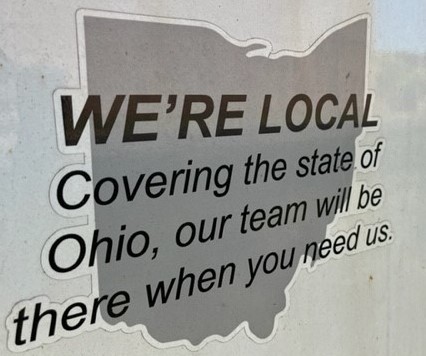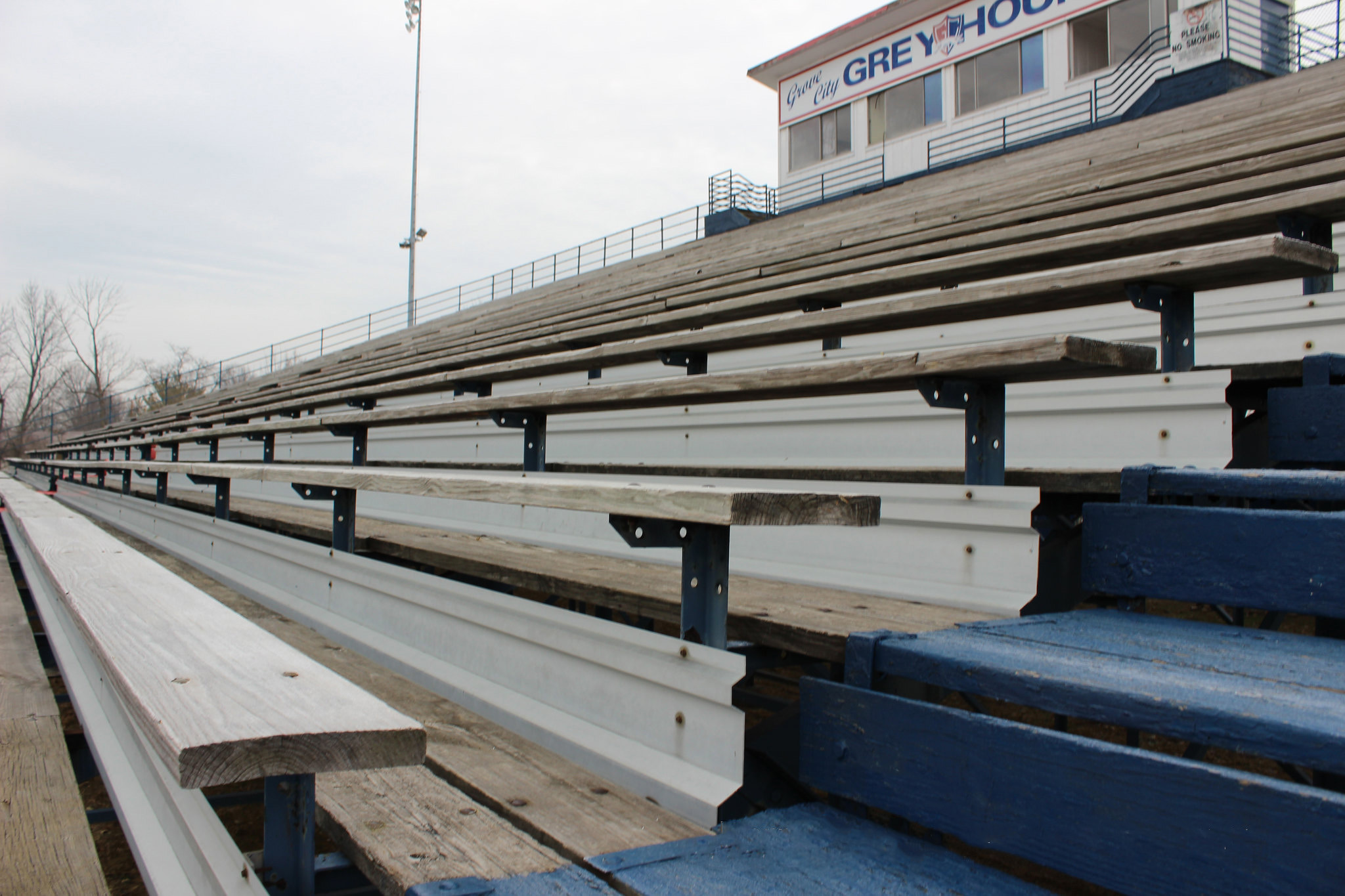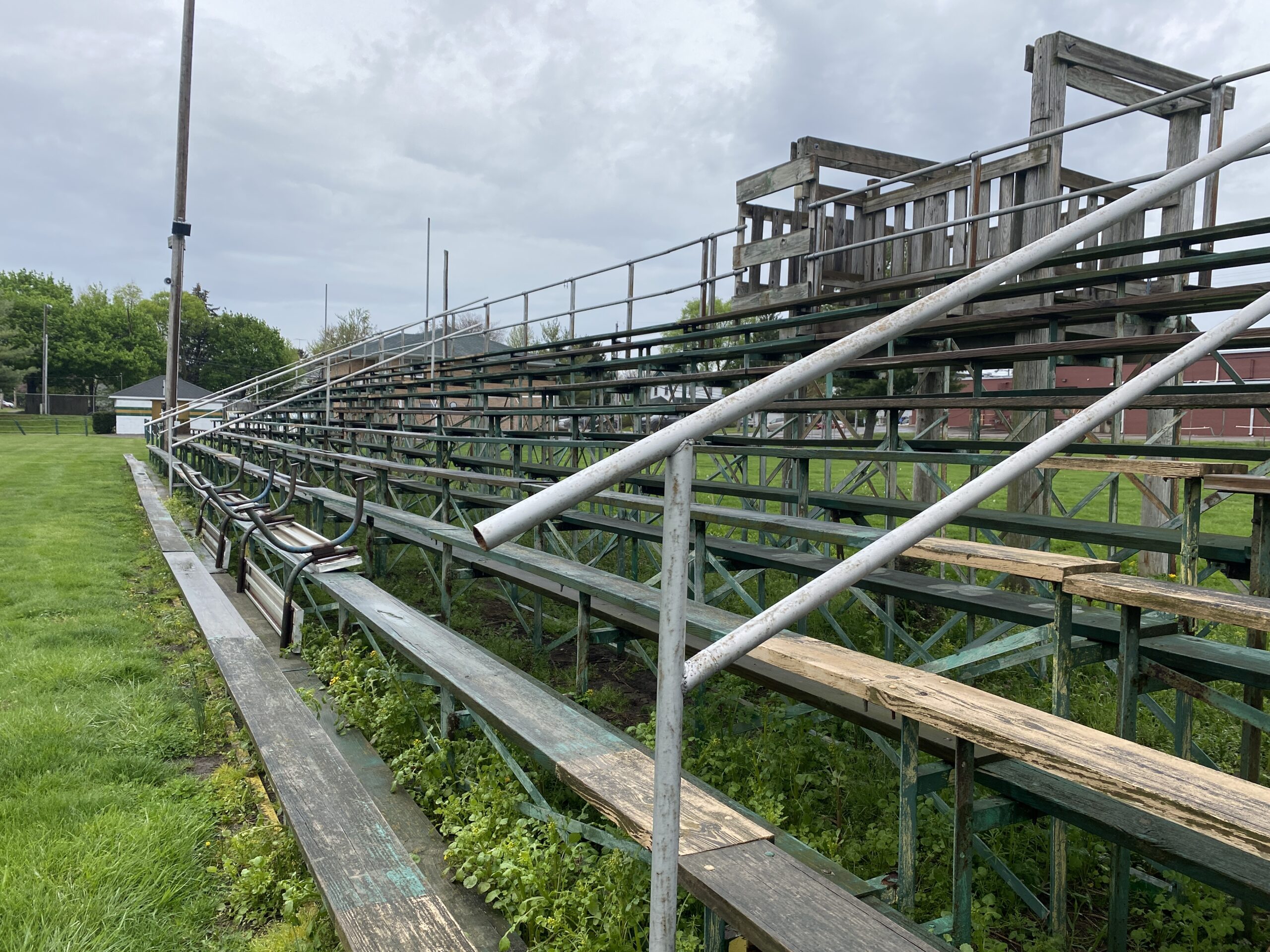As mentioned in Part 1, our primary focus in this series is the ICC 300-2012 which is available for download free. In this section, we’re going to discuss inspections and applicable definitions. Starting with Chapter 1: Section 105 Inspection:
105.1 Required installation and construction inspection states that after the construction or the installation, an inspection shall be performed to evaluate the compliance of this standard. This is important for numerous reasons, but the most obvious we want to point out is that you should have an inspection by a qualified person (as defined by the ICC) after the construction or installation especially when/if you choose to do the installation on your own. We have seen maintenance teams or booster clubs take on the installation of outdoor bleachers wherein they are fully capable of the task at hand. However, by having a qualified person perform an inspection prior to public use, you are not only making sure the unit was installed correctly, you’re also reducing your liability and risk since the qualified person may notice something you aren’t aware of and can also check code compliance. More on liability and risk later.
105.2 Yearly inspection required states:
The owner shall cause all bleachers, folding and telescopic seating, and grandstands to be inspected at least once a year in order to verify that the structure is maintained in compliance with the provisions of this standard. All folding and telescopic seating shall also be inspected to evaluate compliance with the manufacturer’s installation and operational instructions, including an inspection during the opening and closing of such seating.
Exception: Existing installations shall be inspected in accordance with the provisions of Chapter 5.
Regarding Inspections, Chapter 5: Section 501.2 Inspection States:
All existing tiered seating shall be inspected and evaluated at least once a year by a qualified person for compliance and with the provisions of this chapter….
Which leads us back to Chapter 2: Definitions
Qualified Person is defined as:
A professional trained in the proper and safe use, operation and repair of bleachers, folding and telescopic seating and grandstands and is knowledgeable in the requirements of this standard.
Is your head spinning yet? So what does this all mean for you? It means that once your seating system is installed, you need to be sure to have it inspected on an annual basis by someone that knows the ins and outs of how the bleacher operates and that is familiar with the code standards. You want to be sure that your system is operating in accordance with the manufacturer’s intentions and that your bleachers are safe for patrons.
Who can do the inspection? Ideally, you should be doing a good review of your bleachers on your own every 6 months or at the start of every season depending on the frequency of use. Your O&M Manuals typically have a section on maintenance and a checklist for inspections, you can always start there. If you are doing inspections on your own, you want to make sure you are documenting the inspection and sharing with the decision makers recommendations to repair deficient items.
Additionally, you should also check your O&M Manual to see if there are any stipulations regarding inspections and warranty coverage. For example, Hussey Seating Company states in their O&M Manual that their seating systems are required to be inspected by a Hussey Seating Company Maxam Certified Installer every two years. Hussey Certified Installers go through rigorous training and are experts on your seating system. They can make repairs under warranty and make proper adjustments and recommendations.
You should bring in a qualified person on an annual basis, someone that is familiar with the ins and outs of bleacher installation/operation and code compliance for a more robust inspection. They may pick up on something that you’ve missed that is an integral component of proper operation. Having a qualified person will give you a different perspective wherein you may not even realize there is a structural/operational problem or even violations/hazards. Whether it be your insurance company, an architect, a structural engineer, or someone familiar with the installation and maintenance such as FEC – the key is getting them inspected. You need to have a thorough inspection document that identifies deficient/hazard items so you know what you have and know what your liability and risk are in order to take action to eliminate those hazards. The first step is the inspection, the next step is to take action.
Up Next: Part 2 – Code Basics Continued | Common Violations




0 Comments